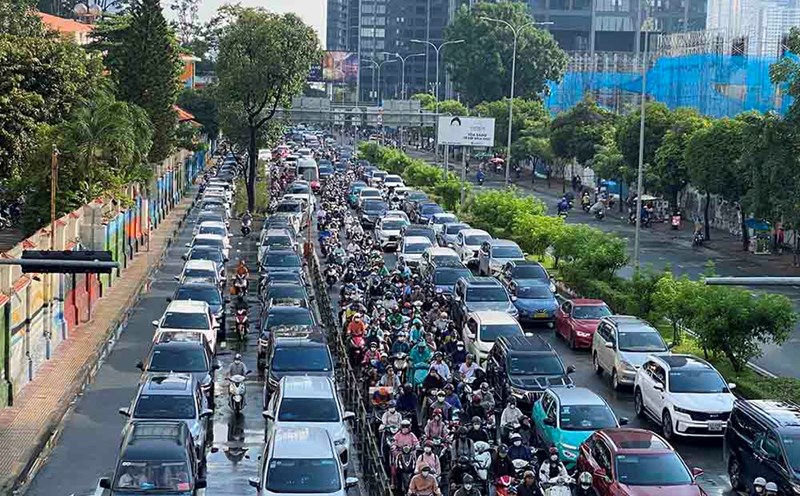According to the Statistics Office, the number of employed workers in the third quarter of 2025 was 52.3 million, an increase of 261.3 thousand people compared to the previous quarter and an increase of 580,800 people compared to the same period last year. Of which, urban areas were 21,100,000 people, an increase of 897,500 people compared to the previous quarter and an increase of 1,060,200 people compared to the same period last year; rural areas were 31,200,000 people, down 635,8000 people compared to the previous quarter and down 479,400 people compared to the same period last year.
In terms of economic sector, the number of employees in the third quarter of 2025 in the agriculture, forestry and fishery sector is 13,400,000 people, accounting for 25.6%; the industrial and construction sector is 17,500,000 people, accounting for 33.5%; the service sector is 21,400,000 people, accounting for 40.9%.
In the first nine months of 2025, the number of employed workers is 52 million people, an increase of 552,300 people compared to the same period last year. Of which, urban areas were 20,400,000 people, an increase of 644,800 people over the same period last year; rural areas were 31,600,000 people, a decrease of 92,500 people.
In terms of economic sector, the number of employees in the first nine months of 2025 in the agriculture, forestry and fishery sector is 13,400,000 people, accounting for 25.8% and decreasing by 263,700 people compared to the same period last year; the industrial and construction sector is 17,000,000 people, accounting for 33.4% and increasing by 318,100 people; the service sector is 21,200,000 people, accounting for 40.8% and increasing by 497,900 people.
In general, employment for workers tends to increase, but the labor market is not developing sustainably as the number of informal workers accounts for a large proportion. The number of workers with general informal employment (including workers working in agricultural, forestry and fishery households) in the third quarter of 2025 was 32.6 million people, accounting for 62.4% of the total number of employed workers, down 1.1 percentage points compared to the previous quarter and down 1.5 percentage points compared to the same period last year.
In the first nine months of 2025, the rate of informal employment was 63.4%, down 1.2 percentage points over the same period last year. Of which, urban areas are 47.6%, down 1.7 percentage points; rural areas are 73.6%, down 0.6 percentage points; men are 66.7%, down 1.1 percentage points and women are 59.6%, down 1.5 percentage points. Although the informal employment rate is still high, the decline trend shows that the labor market is gradually expanding employment opportunities in the formal direction.











